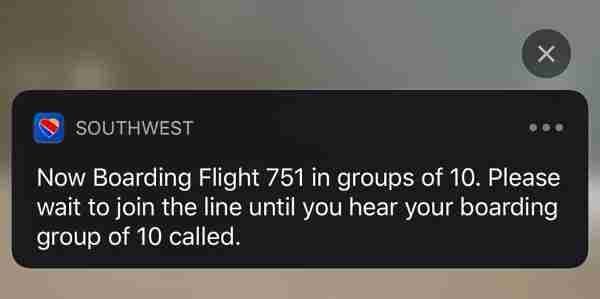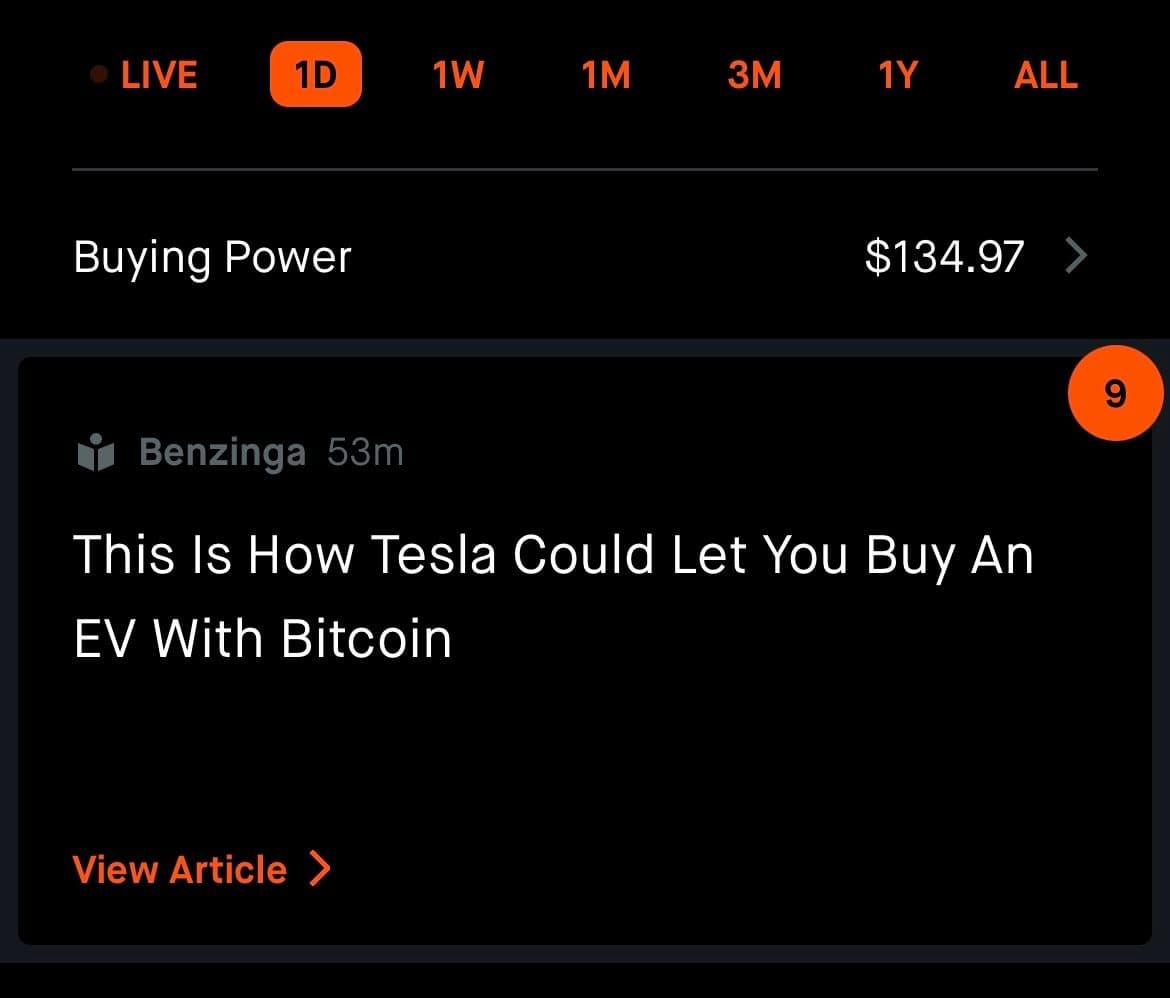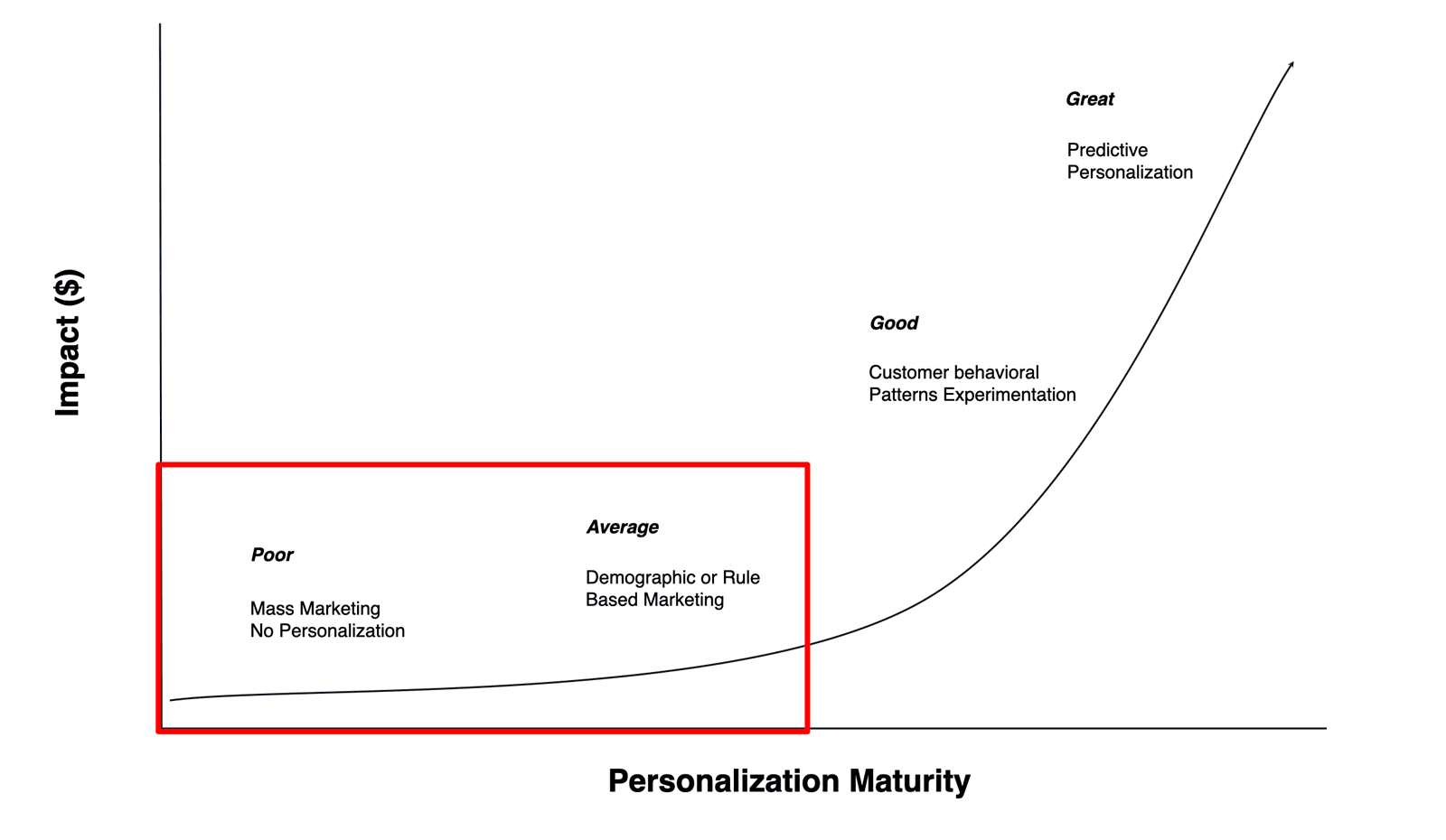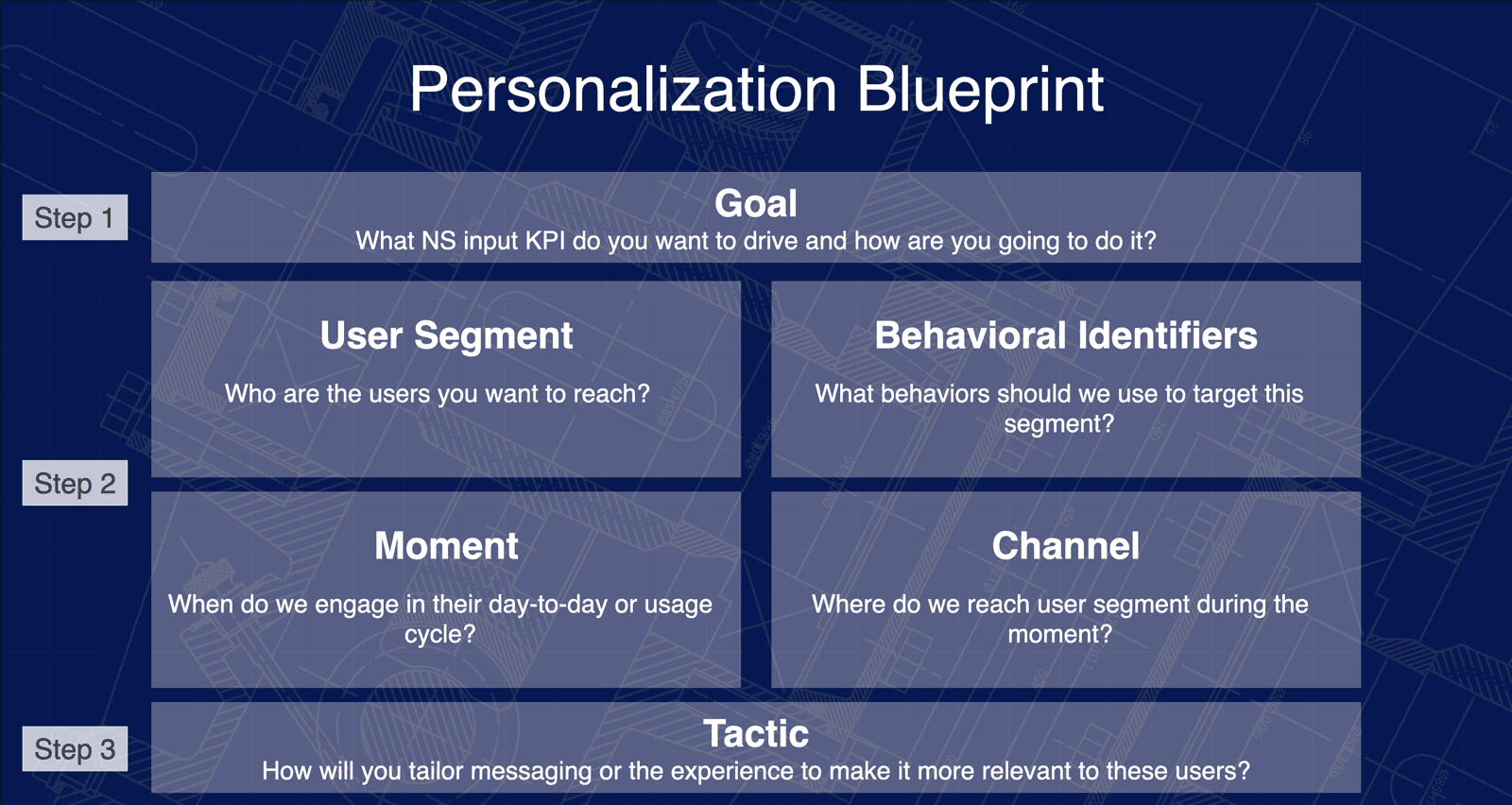Accelerate Your Personalization Maturity
Use this blueprint to determine where your team sits on the personalization maturity curve, and how you can get to the next level.
Teams tend to agree that personalization is an important capability to fuel the growth of their digital products, customer experience and overall business alike. Differences tend to arise when you ask the same group of people to define personalization and a set of tactical steps that they follow to build personalization into the piece of the customer experience they manage.
A combination of different disciplines applying their own interpretation to the term “personalization,” siloed tools providing inconsistent contextual customer information across different customer experience channels (e.g. a CMS supporting by marketing teams powering the .com vs product analytics supported by product management teams powering the mobile app), and the lack of material use cases to live up to the benefits promised to consumers has created a vacuum where Netflix, Spotify and Amazon are the only use cases that often come to mind when this topic is brought up.
Contrary to public opinion, personalization is not simply a recommendation engine for content, shows, articles, products or whatever else you can recommend to people. There are so many other ways to personalize your experience; recommendations are just one tool in your personalization toolbox you can use to build better experiences for your customers.
Personalization is the systems product that marketing and technology teams bake in to identify the people using the product and deliver to them the content, experience, or functionality that matters to their role or persona.
Personalization can be done down at the individual level (e.g. the typical use-case of Amazon.com providing suggestions based upon past browsing and purchase history) or at the group or audience level (e.g. Christian Brothers Automotive sending out direct mail to new residents within a certain distance from a service location).
Let’s go over a few personalization use-cases that do not require a specialized machine learning model to be running on the backend to power your personalization engine.
- Travel & Hospitality – Southwest Airlines: If you have recently flown on Southwest Airlines, you might have noticed a push notification sent to you before you left for the airport asking if you would like to enable location tracking while you are on the way to the airport and during your flight (iOS | Android). It also clearly justifies asking for this data by letting you know they will be sending you real-time updates based upon your location and the flight operation itself.

- QSR / Restaurant – Pollo Tropical (Fiesta Restaurant Group): Pollo Tropical recently released a new mobile app with an enhanced loyalty experience, among other features (iOS | Android). Once you start to build your loyalty points balance, you will now also see the corresponding redeemable dollar value. It might seem small, but it packs a big punch. People love the transparency and they have seen double the digital increases in loyalty sales six months post-launch.

Pollo Tropical (Fiesta Restaurant Group) iOS Personalized Rewards Breakdown
- Fintech / Banking – Robinhood: – Robinhood has been the #1 rated iOS finance app for some time now and rightly so (iOS | Android). They prioritize personalization across the app experience. One of our favorites is “Buying Power,” and the personalized content cards on the home screen for each day.

Robinhood iOS App Buying Power & Personalized Content Cards
Look beyond a unifying definition and material use-cases to support that viewpoint, and you will find the act of “personalizing” the experience is a bit abstract and can feel like you are solving a really complicated puzzle at times. It helps to understand where you sit on the personalization maturity curve and have a clear set of steps to learn new personalization techniques before releasing it to your full customer base. The good news is that this puzzle becomes clear once these pieces are put in place.
Benchmarking Your Personalization Maturity
There are many different types of personalization maturity curve methodologies and ways of classifying where you stand. The following approach is simply one way of doing so. Determining a team’s personalization maturity is almost always a reflection of the types of personalization activities being performed in the context of the digital product or customer experience in question.
Personalization Maturity Curve

Personalization Maturity Stages Breakdown
Stage | Functionality Present | What This Looks Like |
| Poor | No personalization |
|
| Average | Demographic-based personalization |
|
| Good | Customer behavioral personalization |
|
| Great | Predictive personalization |
|
One way to identify your personalization maturity is to refer to the table above and then go through your customer experience or digital product as a customer would. As you go through this process, record the personalization functionality that you see delivered. Now that you know where you stand on the curve, it will be clear what your next step is to progress to the next maturity level and the tactics that are realistic to include in future plays based upon your current ability.
The Personalization Blueprint
In order to execute on effective personalization and progress maturity levels, we will leverage a Personalization Blueprint which was crafted in partnership with Amplitude and was distilled through learnings from our conversations with different companies across different industries and sizes. You don’t have to boil the ocean to achieve personalization and it helps to realize that there is a lot you can do right off the bat without a data science team.

Many teams infuse personalization in the reverse order, starting with tactics which can be fatal because you lose sight of your goal and lose some great ideas along the way. Start with the goal and then work down to a tactic. Of course, tactics are still important—so remember to think about personalization as deploying the right mix of tactics based on what the strategy calls for. This is why love a product like Amplitude Recommend—it has everything from behavioral segmentation to individualized recommendations—all in a single system that’s integrated with analytics.
Moving from Strategy into Action
Let’s imagine you are the product owner of the Spotify mobile app and you’ve been tasked in 2021 to take personalization efforts to the next level by leadership. This is the exact scenario that this blueprint is designed to help you respond to and succeed in your delivery.
Ultimately, we want to affect a cohort of our users. You want to improve day-3 stickiness of new users who have downloaded the Spotify mobile app. And so, who are the people? Who represents this opportunity group that we could probably convert into doing this? This is how you work backwards into a potential personalization project.
- Goal: What is the metric that I need to move?
- User Segment: Why do they need your product, what does it provide for them?
- Behavioral Identifiers: How will we identify them (they need to authenticate most likely at some point)?
- Moment: When should we reach out and create a more tailored experience for them?
- Channel: Where do get to them?
- Tactic: Your articulation about what you’re going to do.

The flexibility teams have in what can feasibly be entered into Step 2 and 3 is a direct reflection of the depth of tooling and the maturity of data in your team’s ecosystem. Let’s use the tactic in our example above which is to impact day-3 stickiness by sending a push notification before and after work or school with a suggested new playlist based upon past listening history.
If your team doesn’t have an analytics engine to provide the context and insights to this splash page, this tactic will be very difficult to deliver on. This emphasizes the factor that determines your personalization maturity above all else which is the data your teams have access to and the insights they are able to distill from them.
The type of product analytics tool that is supporting your digital properties will need to be considered when brainstorming tactics. Teams supporting their experience with Firebase for example will have far less ability to personalize due to its lack of flexibility around cohort-ing/segmentation, depth of insights and ability to seamlessly integrate with the rest of the tools supporting your experience which are needed to deliver on your personalization tactics (like an engagement platform for example).
On the flip side, teams that support their experience with a unified system for data, analytics and personalization, like Amplitude, have the ability to see and predict which combination of actions translate to business outcomes and intelligently adapt experiences based on these insights.
In summary, personalization remains a key lever for teams to drive growth into 2021 and beyond but the reality of what the majority of digital products are actually delivering falls way short of customer expectations. These shortcomings are usually due to a lack of methodology, tools and data and often all three.
Use the methodology and framework in this post as a starting point to level up your personalization game. Incorporating a system that supports progressive analytics and the right mix of personalization is the key to accelerating these efforts.
Get in touch to learn more about Bottle Rocket and Amplitude.

Tim Duncan
Growth, Bottle Rocket
Tim Duncan leads the Growth Practice at Bottle Rocket and is an active thought leader on digital product growth in the marketplace. Bottle Rocket helps clients better attract and retain their customers and accelerate growth inside their organizations. To learn more, visit bottlerocketstudios.com or drop a note at hello@bottlerocketstudios.com.
More from Tim




